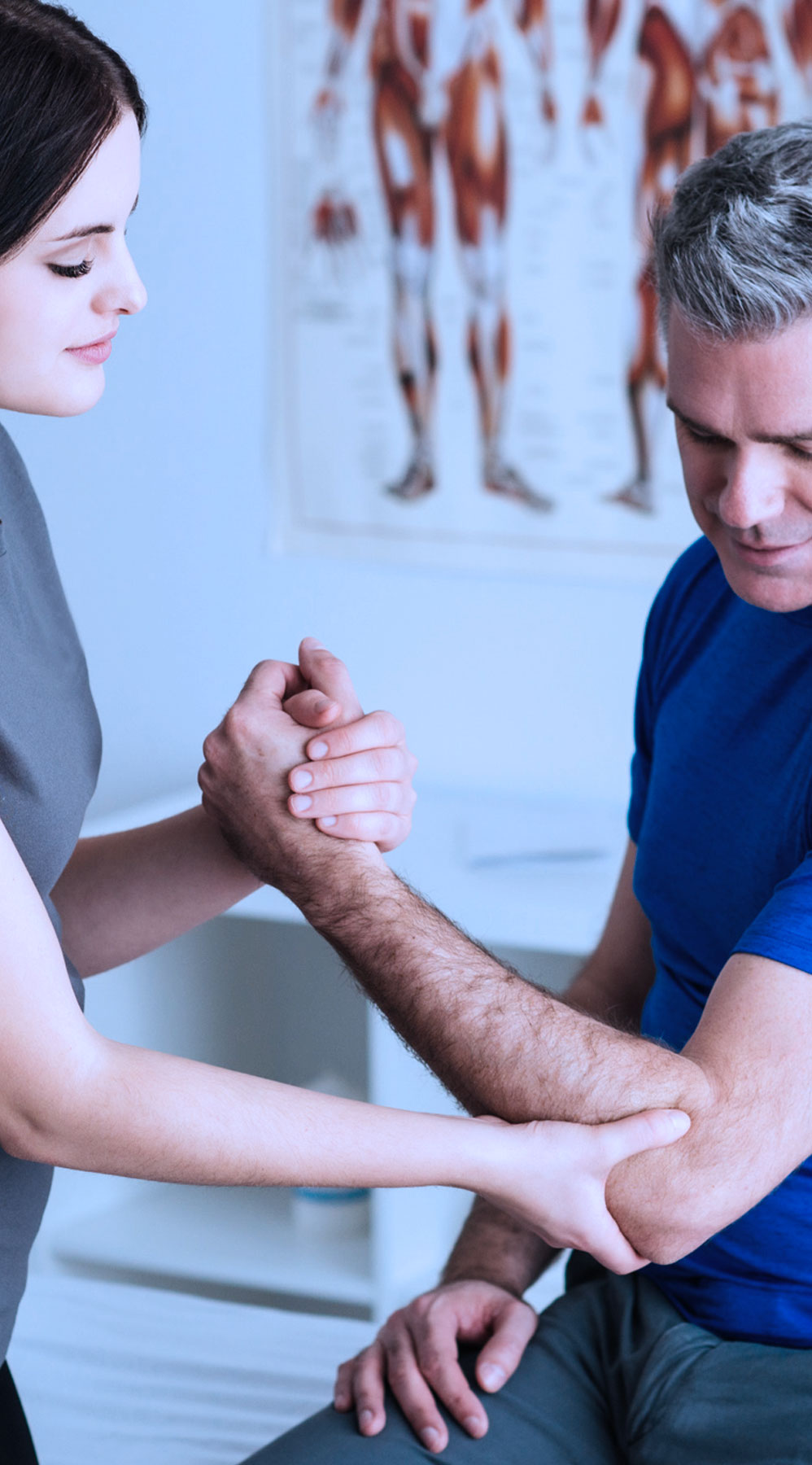Find a therapist
The Network of professional massage therapists of Quebec brings together more than 8,000 massage therapists
Member and insurer access
Find a therapist
The Network of professional massage therapists of Quebec brings together more than 8,000 massage therapists
Epicondylitis1 is a tendonitis to the elbow often named tennis elbow or golfer’s elbow. This muscular and tendinous condition may be associated with sports trauma, but in reality it can affect both athletes and non-athletes, regardless of their age.
Epicondylitis is an inflammation of a small elbow bone area, called the epicondyle, located in the extensor wrist muscles attachment. It can cause pain radiating upwards, along the arm and downwards, towards the forearm outer face. Sometimes, this inflammation may be present on the joint’s internal surface. This disease is then called epitrochleitis. However, it is less frequent.
In addition to the often specifically located and acute elbow bone pain, the person suffering from epicondylitis may experience wrist weakening. Depending on the inflammation’s progression, the weakness could create difficulties in the accomplishment of daily tasks such as lifting a cup of coffee, twisting a wet towel or turning a doorknob.
Pain can also be felt in the forearm when extending the wrist.

Certain sports and activities
Sports that required holding on firmly to an object like a racket or a golf club are most likely to cause epicondylitis. The repeated impact of the ball on the stick or the racket can create micro trauma to the tendons and cause the lesion.
Activities requiring for an object to be held for a long time or precision, such as knitting and painting, can also be a cause of tendon injury.
Repetitive and manual work
Manual works that involve holding an object firmly over a long period or repeatedly are most likely to cause epicondylitis. Construction workers and carpenters are mostly vulnerable.
Even in works where a minimal force is required, but exercised repeatedly, it can cause damage in the long term, for example laying bricks, cooking or working on a computer.
The therapist is a muscle and joint specialist. His solid training allows him to efficiently act on several elbow affections.
Following the interview, the therapist will use, in appropriate cases, a massage to warm up tissues, reduce contractures and increase blood flow; essential oils and rubefiants (products with a muscular effect) as well as kinesitherapy techniques to restore the elbow’s full amplitude and mobility.
To complete the session, the therapist will also recommend rehabilitation exercices.
The therapist is a muscle and joint specialist. His solid training allows him to efficiently act on several elbow affections.
The term therapist is used to signify a massage therapist, a kinesitherapist or an orthotherapist.
1. It is important to take note that your therapist cannot perform pathology diagnostics since only doctors have the competence to make a medical diagnosis. However, your therapist may act effectively to relieve your elbow pain.
Find a therapist